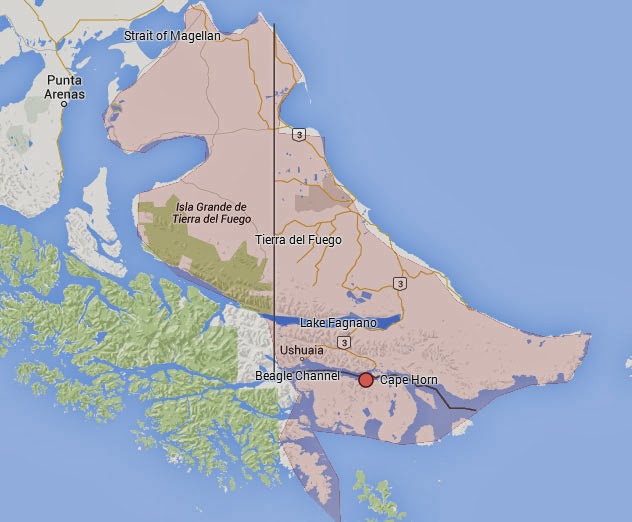Northern Peru: Birding Morro de Calzada
Northern Peru: Birding Morro de Calzada
Morro de Calzada is a small reserve (Morro is spanish for Hill) centered on an isolated hill above the flat plains around Rioja and Moyobamba. It is a popular weekend destination for locals where visitors hike a well maintained trail that reaches the top of the Morro (Spanish for hill). The general area is composed of a mosaic of evergreen forest, open grasslands interspersed with trees and second growth scrub. This habitat diversity offers a pleasant birding and a few specialties. I visited Morro de Calzada in September, 2012.
While Morro de Calzada can yield about 80 species in a day worth’s of birding, the place is
popular for night birds including Spot-tailed, Blackish, and Rufous Nightjars, Pauraque, Common Potto, and Tropical Screech Owls. Morro de Calzada is also a good locations for range-restricted or patchily distributed species such as Great-billed Seedfinch, Stripe-necked, Pearly Vented, and Buff-throated Tody-tyrants, Mishana Tyrannulet, Fiery-capped Manakin, the still undescribed subspecies of Stripe Manakin, Black-faced Tanager, Pale-breasted Thrush, and Red-shouldered Tanager. Mammals appear to be limited to Saddle-backed Tamarins. Large primates are rare perhaps due to the extensive fragmentation around this conservation area.
Morro de Calzada is located along the road between Rioja and Tarapoto within about 15 minutes from Moybamba. Coming from either direction, roadside signs will indicate the entrance to the town of Calzada #1 on map below. Continue on a straight dirt road to where the road turn left #2 on map. At this point you will see a sign on the right hand side of the road indicating the road to Morro de Calzada. The sign shows a picture of Morro de Calzada with an arrow pointing to the right. The sign reads “A Tres Kilomentros” which means “within 3 kilometers”.
The stretch of the road between points #3 and #4 should be birded during the early morning hours. This portion of the road features a mix of old second growth and primary forest. Birding on a road with forest on both sides is more pleasant and rewarding than birding on a forest trail. One can walk on any direction on the spacious road, follow a mixed species flock for a longer period of time in order to get on the birds better than on a narrow interior forest trail. The bird community found along this stretch of the road is largely the same as that found along the trail going up de Morro. The localized Sooty-headed and Mishana Tyrannulets, Red-shouldered Tanager, Pale-breasted Thrush and Fiery-capped Manakin can be seen here.
There are also two trails that few birders explore. Beginning at the water station located at the entrance to Morro de Calzada (see photo below), you can take trail B or trail C. Trail B starts right at the sign (vandalized when this picture was taken), goes along the water station’s fence and runs parallel to the stretch of the road between point #3 and #4 on the Map.
Trail B is a narrower trail that runs through the same type of forest types as the road between points #3 and #4, hence the bird communities found in both these trails are similar. Trail C runs across open pastures, patches of forest, isolated trees and second growth. This trail can be explored later in the day as birds at open habitats are easier to detect and appear to be active longer into the day than interior forest birds.
Up the Morro de Calzada
The trail going up the Morro is rather pleasant and goes through pristine, never cut before forest. As I mentioned earlier, the birds found here are largely the same as those found between points #3 and 4 on the map. A few microhabitats found along the trail up the Morro (tree falls, vines, fruiting trees) will support a few species not found or rare along the road. The trail climbs the Morro on gentle slope for about 1 km after which it becomes steeper and pretty much remain steep to the top of the Morro. Valqui (2004), reports that Cinereus-breasted Spinetail, Lesser Elaenia, Buff-breasted Tody-Tyrant, and Wedge-tailed Grass Finch can be found at or near the top of Morrod de Calzada.
At higher elevations, the forest becomes less dense and stunted as soil conditions change to rock with pockets of dirt. Higher, the stunted forest gives way to grasses interspersed with clumps of stunted vegetation
Morro De Calzada is a pleasant birding spot that combines interior forest and open country
birding. These habitat types often result in the most productive and rewarding birding as it takes advantage of the morning activity in forested areas and the open habitats where birding is still rewarding later in the day. If you are staying in Moyobamba, you can visit Morro de Calzada beginning early in the morning until mid afternoon, then return to Moyobamba and head for Waqanqi Orchid garden and hummingbird feeders. We will cover Waqanqi on a later post.
| Fact Cheet: Morro de Calzada | |
| Habitat Types | Lowland evergreen forest, old secondary forest, young secondary forest, open pastures, stunted forest. |
| Birds | Scaled Pigeon, Blackish, Rufous, and Spot-tailed Nightjars Cinereous-breasted Spinetail, Dark-breasted Spinetail, Stripe-necked, Pearly-vented Tody-Tyrants, Sooty-headed and Mishana Tyrannulets, Striped and Fiery-cappled Manakins, Lesser Elaenia, Red-shouldered and Black-face Tanagers, and Pale-breasted Thrush. |
| Mammals | Saddle-backed Tamarins |
| Plant Life | Pristine evergreen forest and a plant community restricted on poor soils at the top of the Morro and surrounding white-sand areas. |
| Cultural Highlights | None |
| Photographic Opportunities | Very good |
| Weather | The rainy season includes the months of December through April. The best time to visit Morro de Calzada is outside the rainy season. |
Literature Cited:
Valqui, T. 2004, Where to Watch Birds in Peru. ISBN 9972-33-092-3
Post Written by: Alfredo Begazo








Comments
Post a Comment